Tracey Emin: The Rebel Superhero of Modern Art
Tracey Emin became disillusioned with painting when she was a London art student: “The idea of being a bourgeois artist, making paintings that just got hung in rich people's houses was a really redundant, old-fashioned idea that made no sense for the times that we were living in."
She figured it was pointless to make the same type of art someone made decades or centuries before her. So when Tracey won a place at the prestigious Royal College of Art in the ‘80s, she decided to experiment with multimedia from neon and installations to embroidery, using her life experiences as the basis of her art.
"I had to create something totally new or not at all," she said, explaining why her art is grounded in personal experiences. ”I realized that I was much better than anything I'd ever made.”
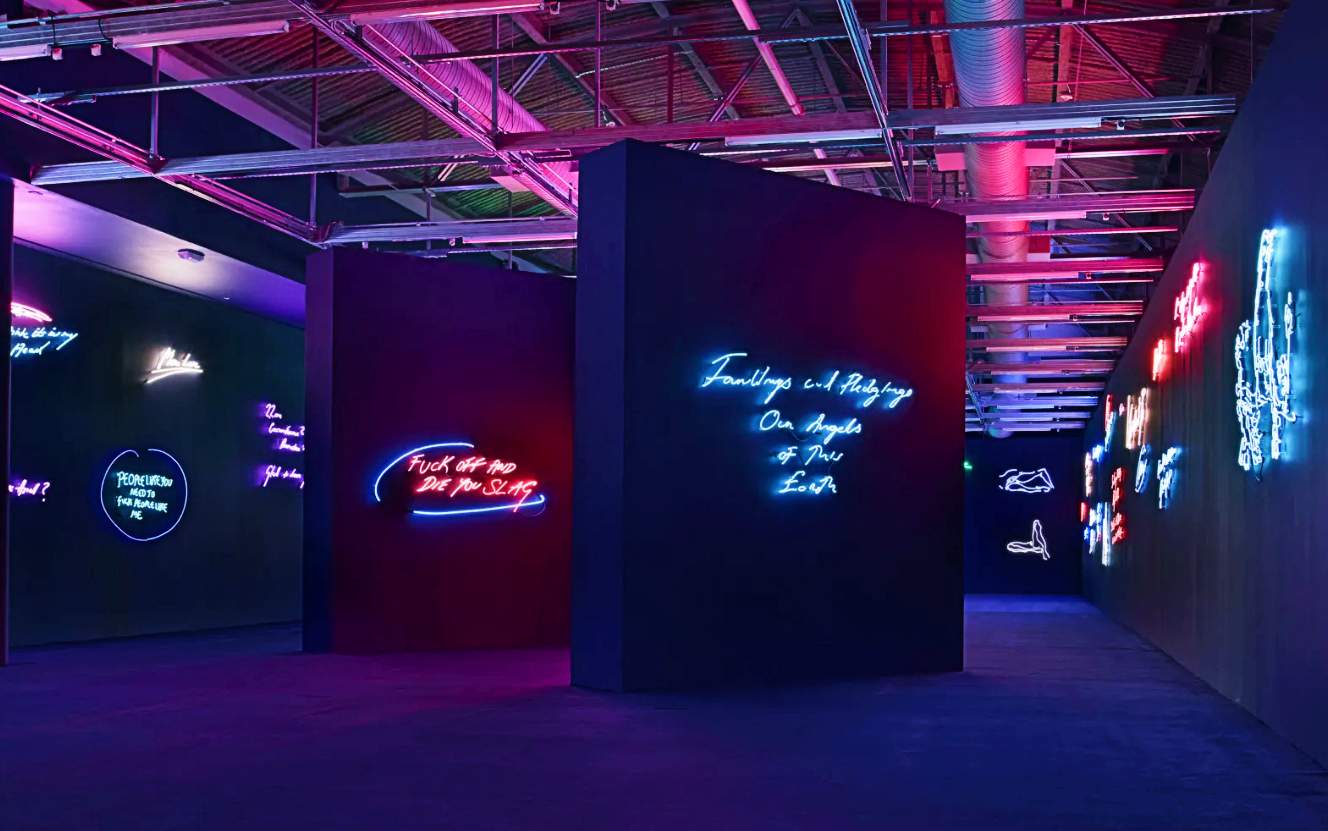
Confessional art
"In her art, she tells all - all the truths, both awful and wonderful, but mostly awful, about her life,” says The New York Times' Roberta Smith. “Physical and psychic pain in the form of rejection, incest, rape, abortion, and sex with strangers figure in this tale, as do love, passion, and joy."
It’s certainly not art for the masses - but Tracey Emin has never been conventional, which has assured her more column inches than almost any other contemporary artist alive. When she unveiled her art tent Everyone I Have Ever Slept With - including the names of 102 lovers, family, and friends - the response from some quarters was shock and confusion. That was the point. Tracey Emin’s art is one of disclosure. She shares personal secrets to elicit emotion and it’s not just for the sake of publicity or a savvy marketing strategy - although there’s plenty of that.
"The brand new social experience where you activate your gaming skills as you train like a spy."
- TimeOut
Take on thrilling, high-energy espionage challenges across different game zones.

Even now, Tracey Emin is perceived as a rebel, although it has been decades since she burst onto the art scene as a so-called YBA - Young British Artist - in the 1990s along with Damien Hirst, Mark Ofili, Jake and Dino Chapman, and Chris Ofili. Now in remission from cancer, Tracey’s channeling her fury into opening a non-profit art school. She plans to inspire a whole new generation in the art of rebellion but is the world ready for Tracey Emin 2.0?
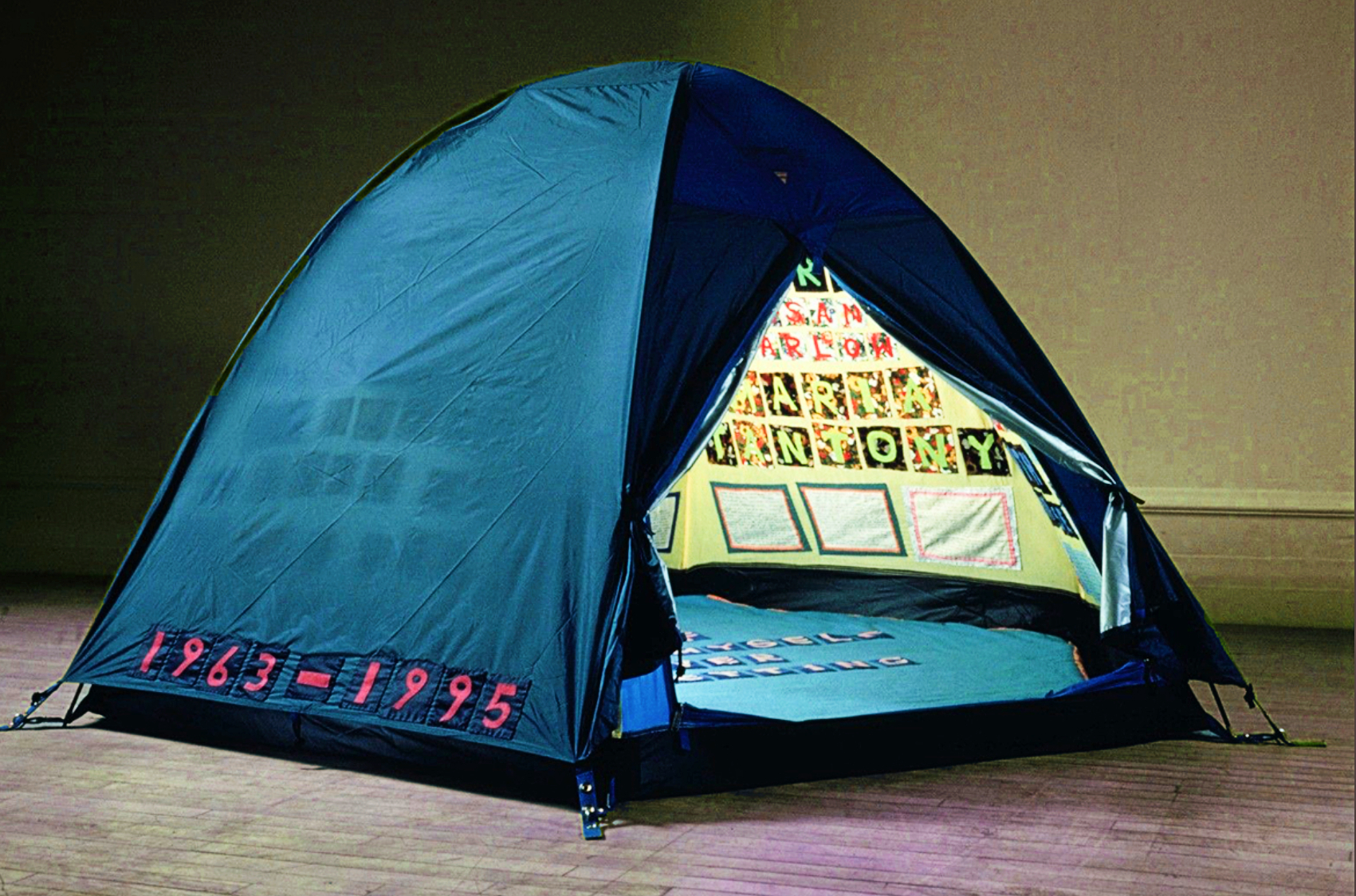
Art and anger
Tracey Karima Emin had a troubled childhood. She and her twin brother Paul were born in London in 1963 to a single mother and brought up in Margate, England, about a two-hour drive away on the southeast coast. Tracey has spoken openly about being abused and sexually assaulted. She was raped at the age of 13 and left school that same year. She dropped back in, however, to obtain a master’s degree from London’s Royal College of Art.
Tracey knew early on that art was her salvation. The first time it had an effect on her was when she was a teenager looking at work by Austrian painter Egon Schiele. The next time was when she was 22 and standing in front of American painter Mark Rothko’s Untitled (Red, Black, Orange and Pink on Yellow) (1954). She began to cry.
“I have no idea why I was crying, I just couldn’t stop,” she said. “It was only later that I understood what I had felt, which was the sadness in Rothko’s work.”
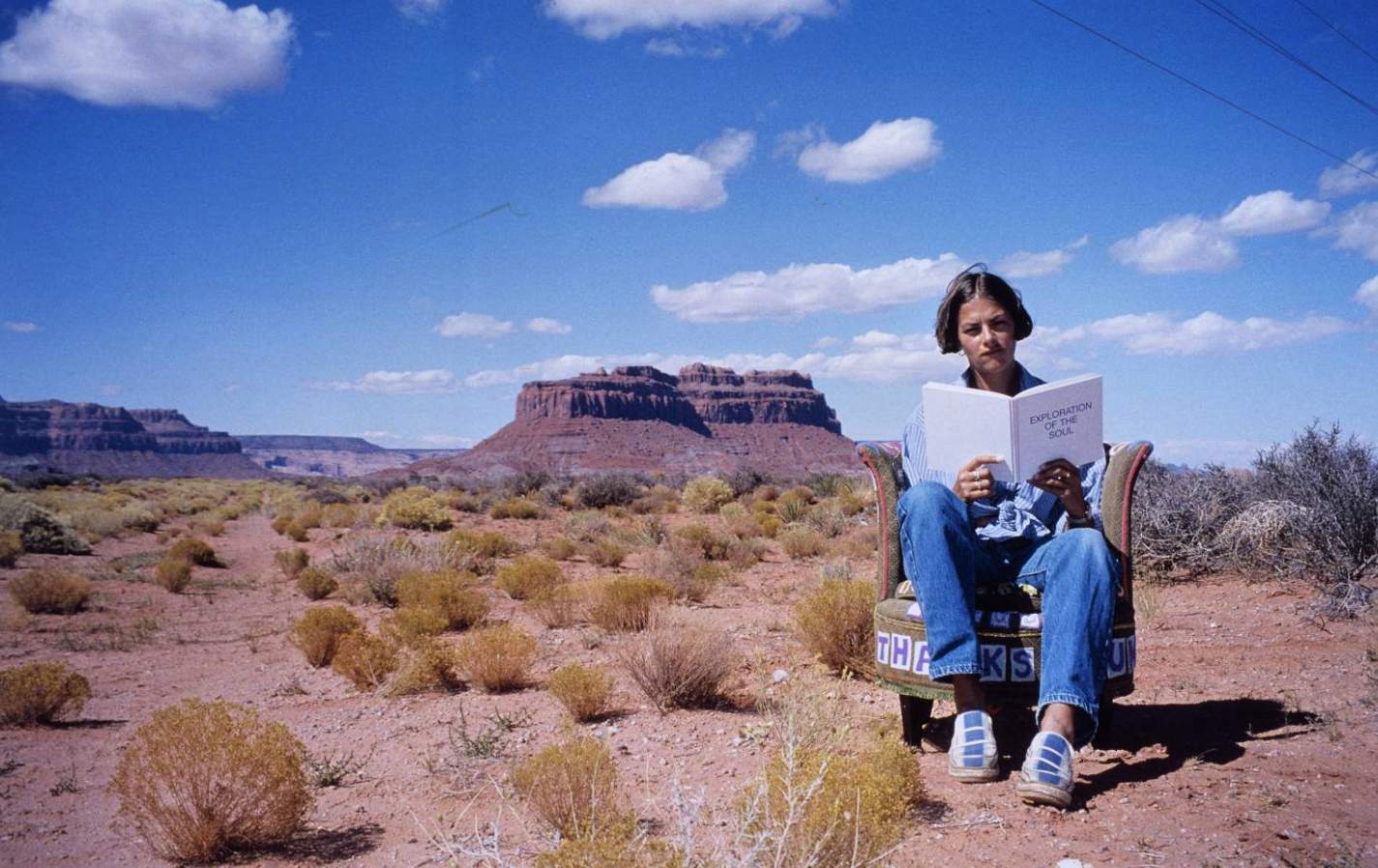
Little remains of Tracey’s artwork from her student years in the '80s - she destroyed it with a sledgehammer in the college courtyard. But was it really because she had nowhere to store it, as she’s told interviewers?
Tracey had a reputation early on for being demanding, difficult, and scandalous. She appeared drunk during a 1997 television interview while commenting on Britain’s prestigious Turner Prize. It was clear to some that she was possibly having difficulties.
Tracey Emin’s breakdown
“In 1998, I had a complete, absolute breakdown,” Tracey has said. “I spent four days in bed. I was asleep and I was semi-unconscious. When I eventually did get out of bed and had some water, I went back, looked at the bedroom, and couldn’t believe what I could see - this absolute mess and decay of my life… I realized I had to move the bed and everything into the gallery space.”
It was the turning point in her life and career. Tracey was nominated for the Turner Prize for My Bed in 1999. The exhibition - dirty sheets and all - is regarded as a self-portrait of vulnerability, an invitation for viewers to project their own painful experiences on her art.
The tabloid newspapers were aghast, however: “Stomach Turner” they roared. Yet, My Bed struck a chord with art lovers and it remains one of her most famous works. In 2014, it sold in an auction for $3.7m.
“Art changed my world,” she said. “And without art, I am 100 percent sure I would be dead.”
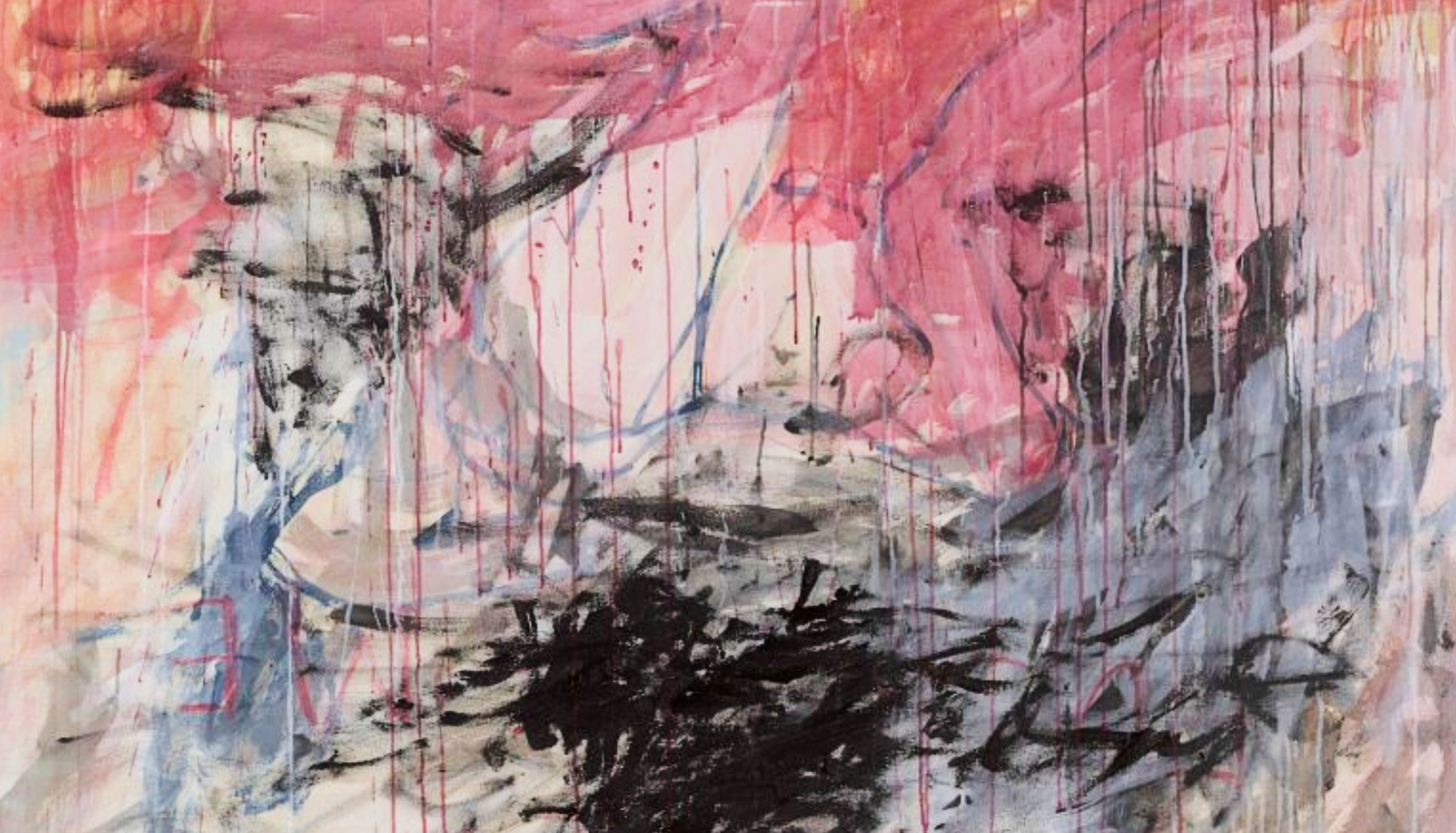
Winding down?
The critics have not been kind to Tracey Emin over the decades. When her art tent - Everyone I Have Ever Slept With - was destroyed in a 2004 warehouse fire along with 100 other works by the YBAs, British wags were gleeful. "Didn't millions cheer as this 'rubbish' went up in flames?” the Daily Mail’s Godfrey Barker wrote. Politician Theresa May chimed in: 'I'm just waiting for Tate Modern to have a pile of ashes in the gallery as one of the exhibits.”
Yet Tracey Emin has never taken her critics to heart. She knows better than most that the only bad publicity is no publicity. In 2016, while promoting her exhibition I Cried Because I Love You she revealed that she’d married a rock - a stone that stands in her garden in France. She called it “‘an anchor, something I can identify with” and wore her father’s funeral shroud as a wedding dress.
Things took a more serious turn several years later, however, when Tracey told reporters she had bladder cancer and had undergone an operation in 2020 to save her life. She photographed herself throughout, still documenting her life as part of her journey as an artist, saying “This is mine. I own it.”
Her brush with death made Tracey focus on what’s important: the gift of time and her legacy. “I am so much better and so much happier… and more looking forward to the future.”
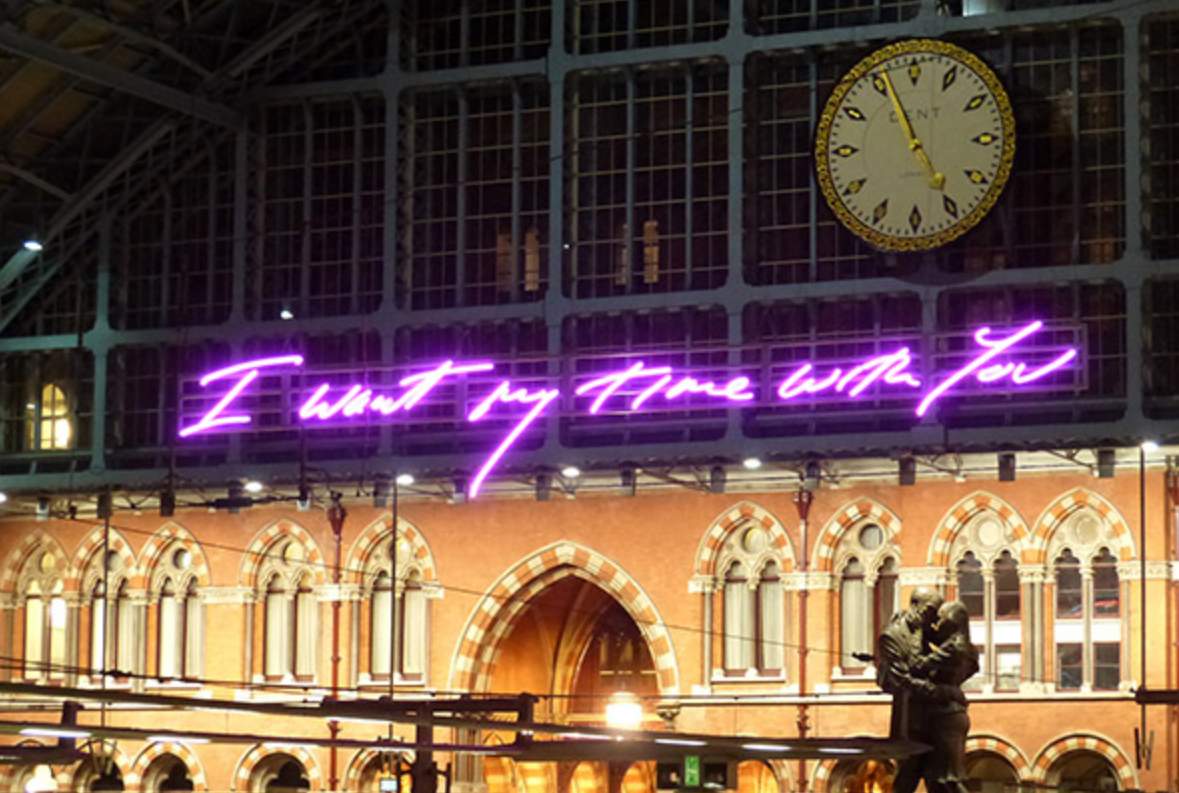
Payback
For someone who craves the media spotlight, Tracey has been surprisingly low-key about her charitable work over the years. She has created art to support the NSPCC, a children’s charity, as well as homeless charities, food charities, Art Against Knives, cancer charities, and many others too numerous to mention. Now that she’s free of cancer, she’s planning to raise money for invisible disabilities.
Tracey already backs an art mentoring program but in 2022, she announced plans to open her own ‘revolutionary’ non-profit art school in her hometown of Margate - she is prepared to sell off her work to pay for the financing. Don’t expect it to be traditional, however. It will be housed at a former mortuary and bathhouse five minutes from her studio. She plans to redesign the location into 30 studios for future art students who will be required to regularly put their work on public display so there’s constant intellectual rigor: “People can’t just be passive”.
“You know in life you sort of amble around, and you don’t know what you’re doing, but you know you’re doing something? And then suddenly you see the light. You go: ‘Oh my God, that’s what I’m doing!’ Well, with Margate now, especially after the cancer and everything, it’s all making sense what I’m doing. I am sort of helping. I am making an artist’s haven.”
SPYSCAPE+

Join now to get True Spies episodes early and ad-free every week, plus subscriber-only Debriefs and Q&As to bring you closer to your favorite spies and stories from the show. You’ll also get our exclusive series The Razumov Files and The Great James Bond Car Robbery!


Gadgets & Gifts
Explore a world of secrets together. Navigate through interactive exhibits and missions to discover your spy roles.
Your Spy Skills
We all have valuable spy skills - your mission is to discover yours. See if you have what it takes to be a secret agent, with our authentic spy skills evaluation* developed by a former Head of Training at British Intelligence. It's FREE so share & compare with friends now!
* Find more information about the scientific methods behind the evaluation here.


Stay Connected
Follow us for the latest
TIKTOK
INSTAGRAM
X
FACEBOOK
YOUTUBE